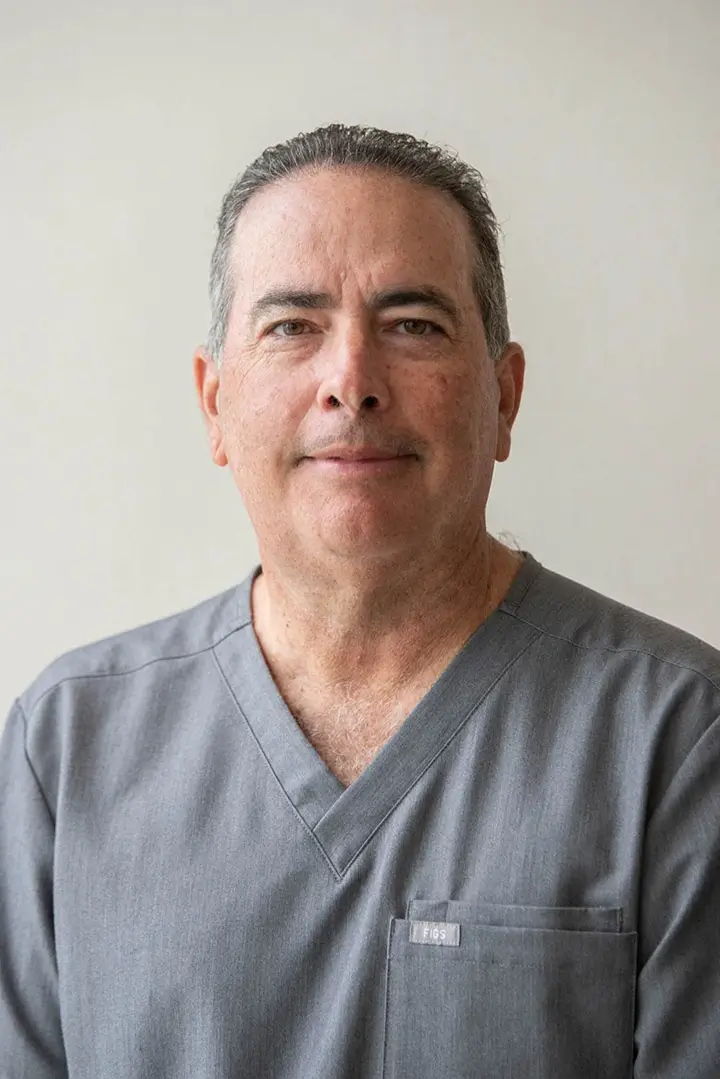Researchers at the Imperial College in London have made some important discoveries in the process by which different types of stem cells differentiate into bone. The findings have direct applications to the development of stem cell therapies for the treatment of various bone injuries.
Specifically, the scientists found significant differences in "bone-like" material that was grown from 3 different types of cells taken from mice. Two of those cell types – namely, osteoblasts that were derived from the skulls of the mice, and mesenchymal stem cells that were derived from the bone marrow of the mice – were found to be capable of differentiating into a tissue that resembles "native" bone in all of its features, including matrix complexity and mechanical stiffness. The third type, however, was less promising. When the scientists tried to differentiate mouse embryonic stem cells into bone, the result was a tissue that was much less stiff and not as complex as real bone in its mineral composition. Upon further analysis with high resolution electron microscopy, a nano-indenter, and laser-based Raman spectroscopy, the scientists found that only the bone tissue that was differentiated from the two types of adult stem cells actually possessed both the microscopic and the macroscopic properties of real bone.
According to Dr. Molly Stevens of the Department of Materials and the Institute of Biomedical Engineering at the Imperial College of London, "Many patients who have had bone removed because of tumors or accidents live in real pain. By repairing bone defect sites in the body with bone-like material that best mimics the properties of their real bone, we could improve their lives immeasurably. Our study provides an important insight into how different cell sources can really influence the quality of bone that we can produce. It brings us one step closer to developing materials that will have the highest chance of success when implanted into patients."
A number of researchers around the world are currently working on the task of growing small "nodules" of new bone from stem cells in the laboratory, and a number of clinical trials are already underway. Now, the results of this new study allow scientists to pinpoint more precisely which type of stem cell is the best type to be the originating source of the bone.

